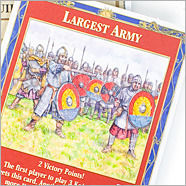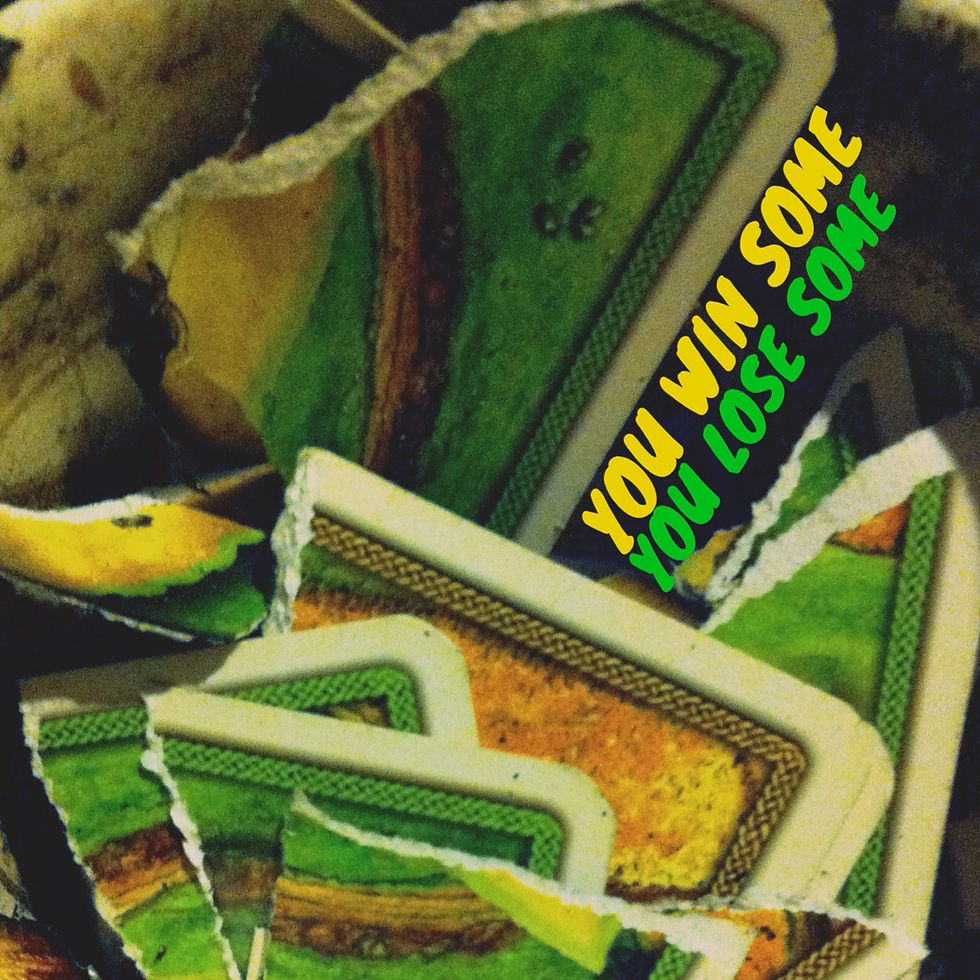How to win your next game of Catan With IR Theory
- Addison Eady
- Mar 31, 2016
- 3 min read

With its ever growing popularity chances are if you've never played Catan before, you likely will soon. Catan offers a unique experience of International relations as individuals state (players) aim to advance their own interests through a combination of anarchy and cooperation. Although Catan can seem to be a game of chance, I aim to show you the four basic strategies to win, while showing that IR theory can help you win game night with your friends!
The majority of success in a game of Catan can be attributed to the initial set up phase, the resources you target, and the strategies you employ to do so. The four main strategies you can pursue are Ore and wheat, Wood and Brick, Resource Monopoly, and Resource cards.
Ore and Wheat:Realism

Ore and wheat strategies allow for a player to upgrade their initial two settlements into cities as fast as possible. These cities can then earn players extra resources throughout the duration of the game, making them resource wealthy, and giving them means to further development. The downside of this is it creates tempting spaces for other players to place the robber, and as so requires that a player collect knights in order to protect themselves, the upside is that the Largest Army card then becomes a logical choice to earn the last two points required to win! This strategy recognizes that through their initial development expedience they become a target for malicious attacks from other states who may challenge their might, as so through developing a large reserve of knights, they are able to fend of attacks, and turn the might around on their opponents.
Wood and Brick: Post Liberalism

Much like Ore and Wheat, wood and brick is a strategy that focuses on fast civilization building to win. By focusing on the fundamental building resources players are able to quickly construct many settlements, and have a good shot at the Longest Road card. With a crowded board being inevitable this allows a player to get to desirable locations first as well as block other players from reaching these desirable resources. Unfortunately after building all five of their settlements Wood and Brick players may find it difficult to upgrade to cities and must rely on trading ports as well as good trade relations to collect the Ore and Wheat required to win. This strategy is a direct reflection of post liberal theories as it exemplifies that states or players must give up some of their rights (being a jerk in Catan) in order to gain the cooperation needed to ensure security and the fulfill their sovereign interests. As so the anarchic nature of Catan is subverted to less cut throat strategy that in the long run will lead a player to sucess!
Resource Monopoly: English School

The Resource Monopoly strategy aims to use the control of a single resource and favorable trading to acquire the other resources required to expand thereby allowing for subsequet strategies to be adopted. By creating artificial scarcity, a player can persuade other desperate players into trades that are advantageous to their own interests. The downside: this strategy is quite risky, it is very susceptible to malicious attacks from others with the robber, and using this strategy requires that a player be careful not to antagonize others to severely through unfair trades, and getting caught in a trading loop. This strategy openly acknowledges that despite the nature of states and players is anarchic there is also an international society that finds governance somewhere between realist ideologies and self interested actions. The key here for Catan is you can create artificial scarcity and define the rules of trading, but if you pursue it to aggressively the community of players will only screw you in the end.
Development Card: Post Modernism

A development card strategy looks like an Ore and Wheat strategy at the begining of the game. The main goal is to collect as many cards that award victory points, while at the same time using knights and the robber to slow down other players. This strategy is very very risky and usually is used as a last resort tactic. It embodies the ideas of Post modernism as it accepts that all the other strategies have failed and denounces their validity in a hail marry attempt at winning!

















Comments